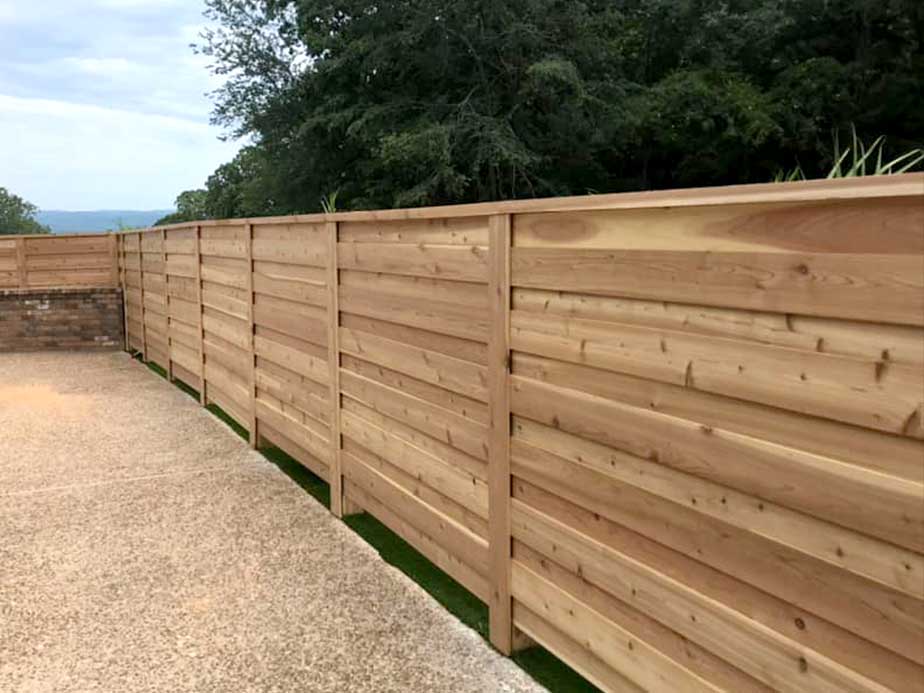All Categories
Featured

Installing a fencing around your building is an exceptional means to improve security, privacy, and visual allure. Right here's a detailed guide on how to prepare your residential or commercial property for a fencing installation.
- Establish Your Building Lines. Building a fence on or over your property line can lead to conflicts with next-door neighbors or also legal problems. This step will make sure that your fencing is mounted in the proper area.
- Check Local Zoning and Authorization Needs. Various districts have varying guidelines regarding fence setup. Prior to you start digging openings, contact your neighborhood zoning division to figure out if there are any limitations or authorization requirements for fence installation. For instance, some locations might have limitations on fencing elevation, products, or placement, specifically along the front backyard or near crossways. In addition, you may need a license prior to you start construction. Not abiding with local laws can result in fines or the demand to get rid of the fence.
- Clear the Setup Area. One of the most vital actions in preparing your home for a fence is removing the area where the fence will be mounted. The fence installation process will go a lot a lot more efficiently if the location is clear, and the employees will have more area to dig message openings and install the fence.
- Mark Underground Utilities. Prior to you start excavating, it's crucial to examine for any below ground utilities that could conflict with the setup. Contact your energy companies to have them note the area of these energies along the fencing line.
- Interact with Your Neighbors. Mounting a fence can influence your neighbors, especially if it's a common boundary. This can aid avoid misconceptions and enable you to attend to any problems, such as fencing elevation or placement, that may develop.
- Select the Right Fencing Style and Products. Take time to choose a fencing layout and material that finest fits your demands, visual choices, and spending plan. Consider factors like the design, height, and sturdiness of the fence. Timber, plastic, aluminum, and chain-link are usual fencing materials, each providing various advantages. Additionally, think of your long-lasting maintenance demands. Wood fencings require more maintenance than plastic fences, which can be an important aspect if you want a low-maintenance option.
- Establish a Budget. Secure fencing projects can differ in cost depending on the size of your building, the sort of products made use of, and the complexity of the setup. Prior to starting the task, set a realistic budget plan that consists of the expense of materials, labor, allows, and any kind of unpredicted expenditures. If you're hiring a specialist fencing installer, request quotes from multiple professionals to compare rates and ensure you're getting a reasonable deal.

- Plan For Installment Day. Once all the preparations are complete, make certain your residential property awaits the installment group. Give clear access to the setup website, and maintain youngsters and pets securely away from the workspace. You might additionally intend to have actually a marked place for the contractors to park their lorries and shop devices during the project.
Conclusion. Preparing your property for fencing setup can conserve you time and cash in the lengthy run while making certain the process goes smoothly. By determining your property lines, inspecting for authorizations, removing the setup area, and connecting with neighbors, you'll be setting on your own up for a successful job. Proper prep work is key to an easy fence setup that improves the safety, privacy, and elegance of your building.
Latest Posts
How Can I Prepare My Residential Property for a Fencing Installation?
Published Dec 24, 24
0 min read
Bare Bones Furniture & Mattress
Published Dec 24, 24
2 min read
A Homeowner’s Guide to Roof Warranties
Published Dec 24, 24
1 min read